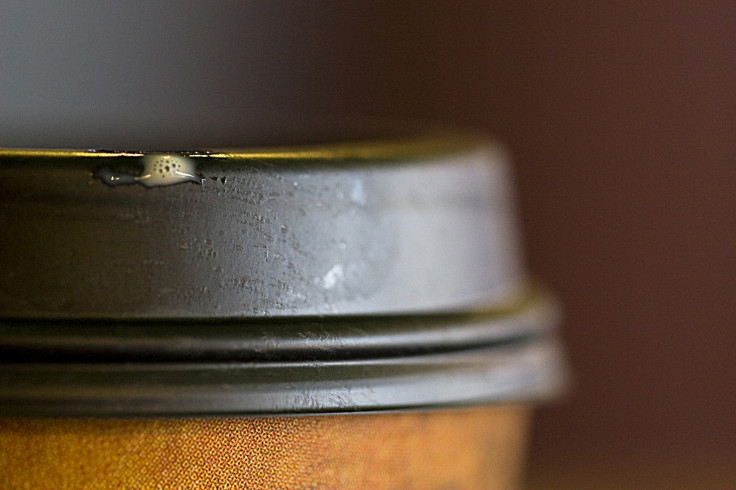In less than 70 years, we've made enough plastic to wrap the entire world in cling film
The plastic problem is bad, but 'we haven't seen anything yet', scientists say.
We've created about 9.1 billion tonnes of plastic – that's 9,100,000,000,000kg – since we first started mass producing the stuff in the 1950s. If that were all cling film (plastic wrap to Americans), we could have wrapped up the Earth by now.
Well almost – you'd have to stretch it a bit to cover the last 10 million square kilometres or so (an area about the size of China).
What's worse, according to a study published in Science Advances, is that 79% of that has ended up in landfills or the natural environment – the countryside, rivers and the ocean. That includes the furthest reaches of the seas, remote islands and the insides of a great many wild animals and fish.
Another 12% of the waste is incinerated, releasing greenhouse gases and contributing to air pollution. A tiny 9% is recycled. Even then, the proportion of that that gets re-recycled – so recycled twice – is vanishingly small.
The fact that we can't deal with all this mess is "an atrocity", oceanographer and climate scientists Erik van Sebille of Utrecht University, who was not involved in the research, told IBTimes UK.
"We are not even doing recycling well yet – even plastic that does get collected or recycled still ends up in the environment. There's a lot of leakage coming out of recycling," he said.
The reason this is a problem is that plastic just doesn't break down by itself. It doesn't rot and return to the soil like the vast majority of biological materials do. This means that all the plastic we make and throw away will essentially just sit there until we do something about it, or it's eaten by an unsuspecting animal. Even when the animal dies and its body decomposes, the plastic inside it will stick around ready for the next hungry creature to come along.

One long-standing puzzle about plastic waste has been that only a fraction of what we throw away can be accounted for – particularly in the oceans. Only about 270,000 tonnes or so can be found floating around, but several million tonnes are thought to find their way into the seas. At the moment, scientists still aren't sure where the missing millions of tonnes are going.
Alongside such mysteries, there is the certainty that the future will hold a much bigger plastic problem than we are already facing. By the 2050s, the centenary of plastic's rise to popularity, we will have thrown away the equivalent of 35,000 Empire State Buildings' worth of plastic rubbish, the present study estimates.
"There's a whole lot more plastic coming our way. I would almost say we haven't seen thing yet," van Sebille said.
"The curves and forecasts show on a business-as-usual scenario that all the plastic we've been producing in the last decade or so is nothing compared with what's to come."
But the good news is, knowing the scale of the problem is an essential step towards solving it. And despite churning out the stuff for 60 years, until now no one had stopped to calculate exactly how much plastic we had made. So this study can help to put the plastic problem in proportion.
"They've done a really good job of trying to answer an extremely complicated and important question," said Van Sebille. "It's an important step to really understanding where all this plastic is."

Really, enough to wrap up the whole world?
Yes, pretty much.
- Cling film weighs about 1.7g per square foot, according to Slate.
- That's 1.7 g per 0.092903 square metres
- That's 18.3 g per square metre
- 9.1 billion tonnes is 9,100,000,000,000,000 g
- Which could be used to make 500,000,000,000,000 sq m of cling film
- That's 500 million sq km
- And the area of the Earth is 510 million square km
So, give or take an area about the size of China (9.6 million sq km or so), that's enough to wrap up the whole world.

© Copyright IBTimes 2025. All rights reserved.






















